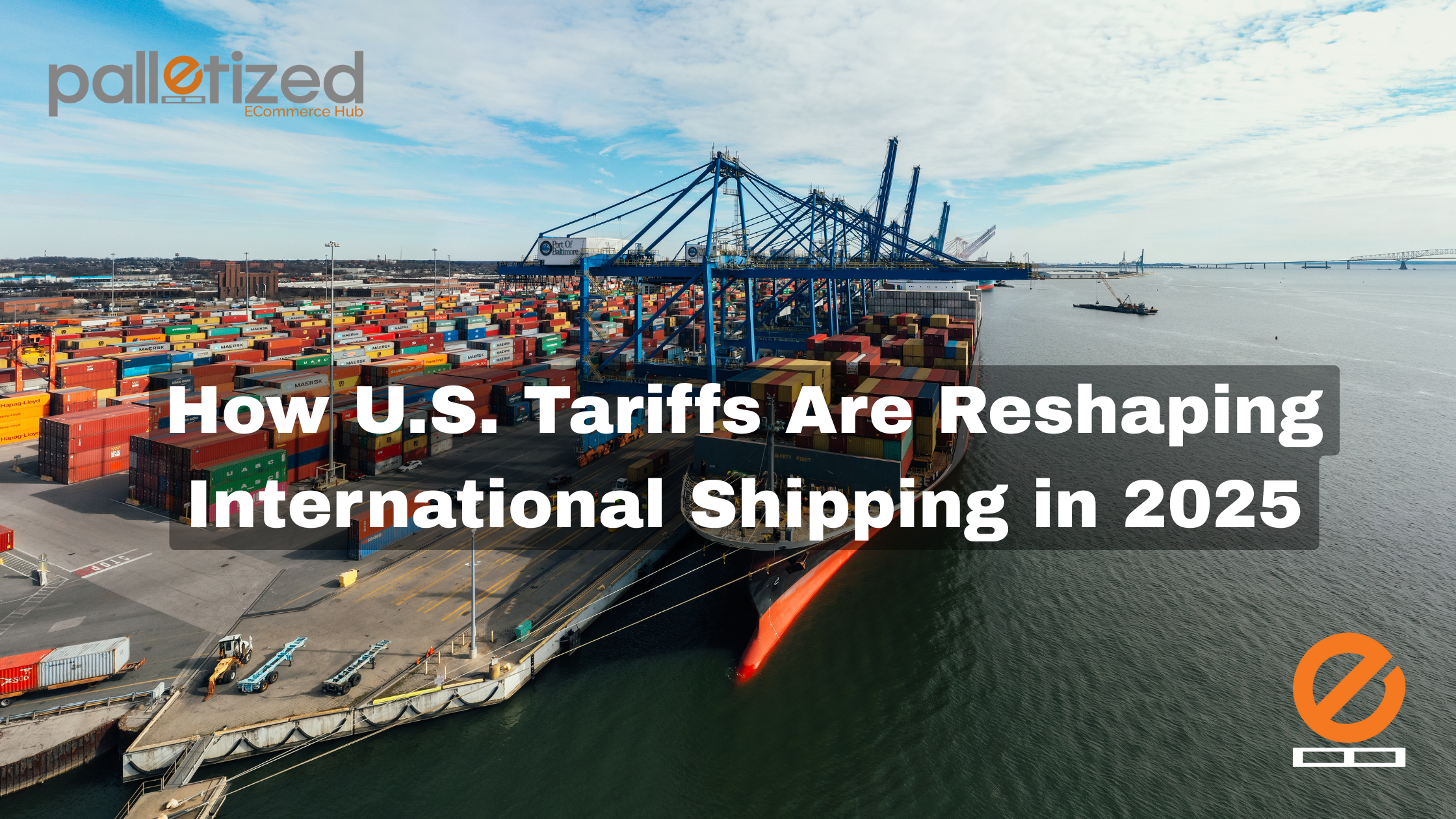How U.S. Tariffs Are Reshaping International Shipping in 2025
In 2025, global trade is undergoing significant changes. One of the key drivers behind this shift is the latest round of U.S. tariffs and international shipping regulations. For businesses that rely on cross-border logistics, understanding these changes isn’t just helpful—it’s essential. Fortunately, with the right tools and strategies, companies can stay ahead.
📉 What’s Changed with U.S. Tariffs?
To begin with, the U.S. government recently rolled out new tariff policies that are impacting trade with multiple countries. For instance, goods from China are now subject to much stricter controls. The de minimis threshold, which previously allowed duty-free imports under $800, has been eliminated for Chinese products. As a result, even small shipments are being taxed—some at rates as high as 145%.
In addition, a 10% blanket tariff has been imposed on imports from all other countries. Although this might seem minor at first glance, it adds up quickly, especially for businesses shipping in high volumes. Consequently, U.S. ports like Los Angeles have seen a steep drop in imports, with container bookings down by 45%.
🚢 How Tariffs Are Affecting Shipping Operations
Naturally, these changes have a ripple effect. Increased tariffs often translate to higher shipping costs, which can dramatically impact pricing strategies. Moreover, customs delays are becoming more frequent. For example, DHL temporarily paused shipments over $800 due to clearance backlogs, although service has since resumed.
Because of these issues, many businesses are rethinking their global logistics plans. Some are shifting to domestic suppliers, while others are seeking countries not affected by the tariff hikes. In either case, a flexible supply chain is more important than ever.
🛠️ How FedEx Tools Help Navigate the New Normal
Even though the landscape is complex, there are ways to simplify the process. FedEx offers several digital tools that help shippers remain compliant and efficient:
-
FedEx WorldTariff: This tool helps calculate duties and taxes in over 200 countries, making it easier to forecast expenses.
-
Global Trade Manager: This online platform assists with documentation, tariff classification, and compliance research.
-
Estimated Duty and Tax Engine: By integrating with your eCommerce platform, this tool helps reduce cart abandonment by providing upfront cost visibility.
Using these resources not only ensures compliance but also keeps operations running smoothly despite the new challenges.
🔍 What Can Businesses Do Now?
Now that these tariffs are in place, what should your company do?
-
Reassess Your Supply Chain: Consider sourcing products from countries unaffected by the new tariffs.
-
Stay Up-to-Date: Regularly check regulatory news, such as updates from FedEx, to adapt quickly.
-
Use Compliance Tools: Implement platforms that help automate customs processes and provide real-time insights.
Ultimately, companies that proactively adjust their logistics and tariff strategies will fare better. Palletized understands that even while these changes may seem disruptive at first, they also present an opportunity to innovate and streamline their operations.


